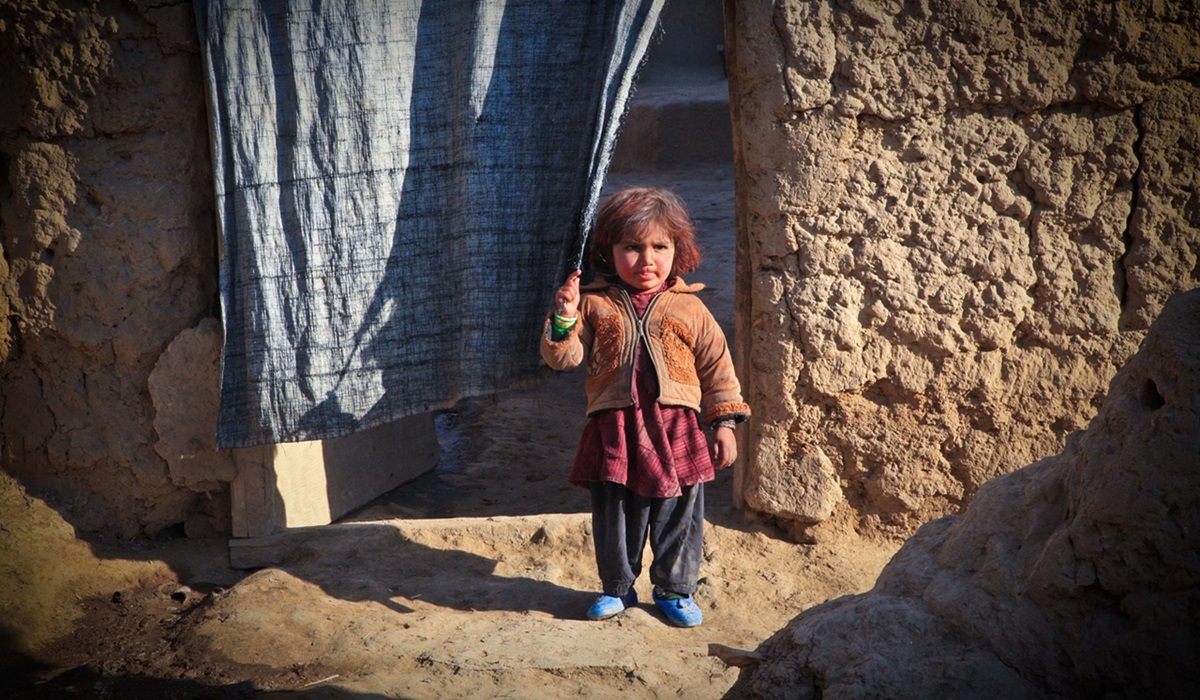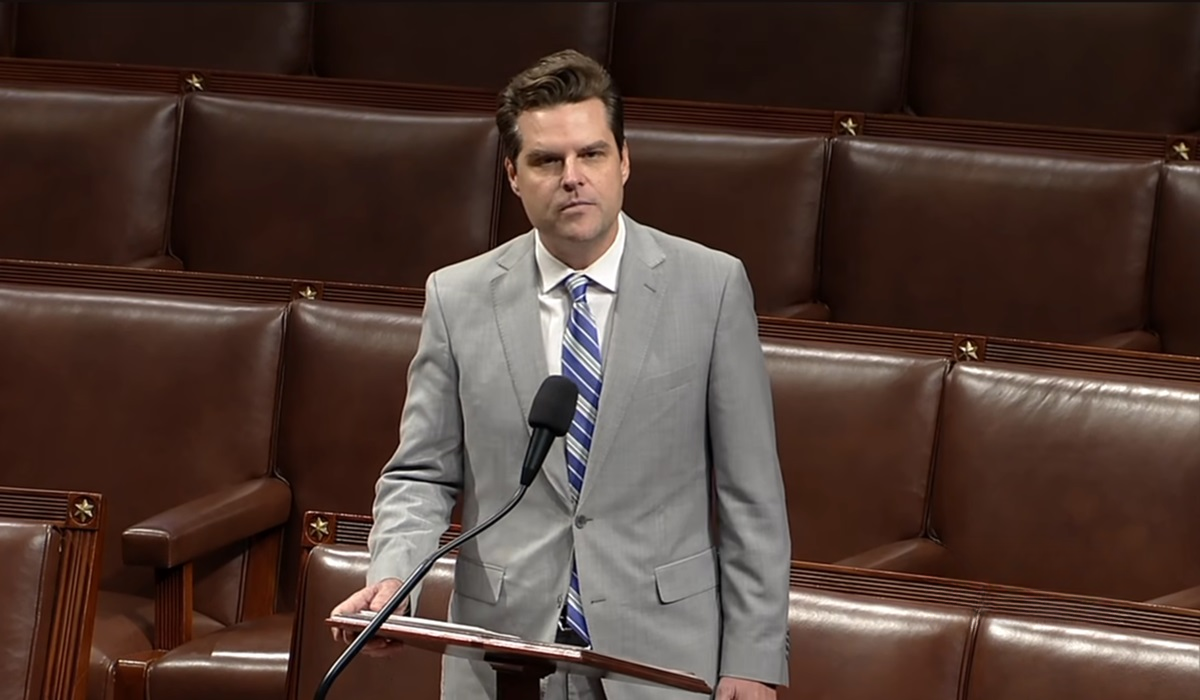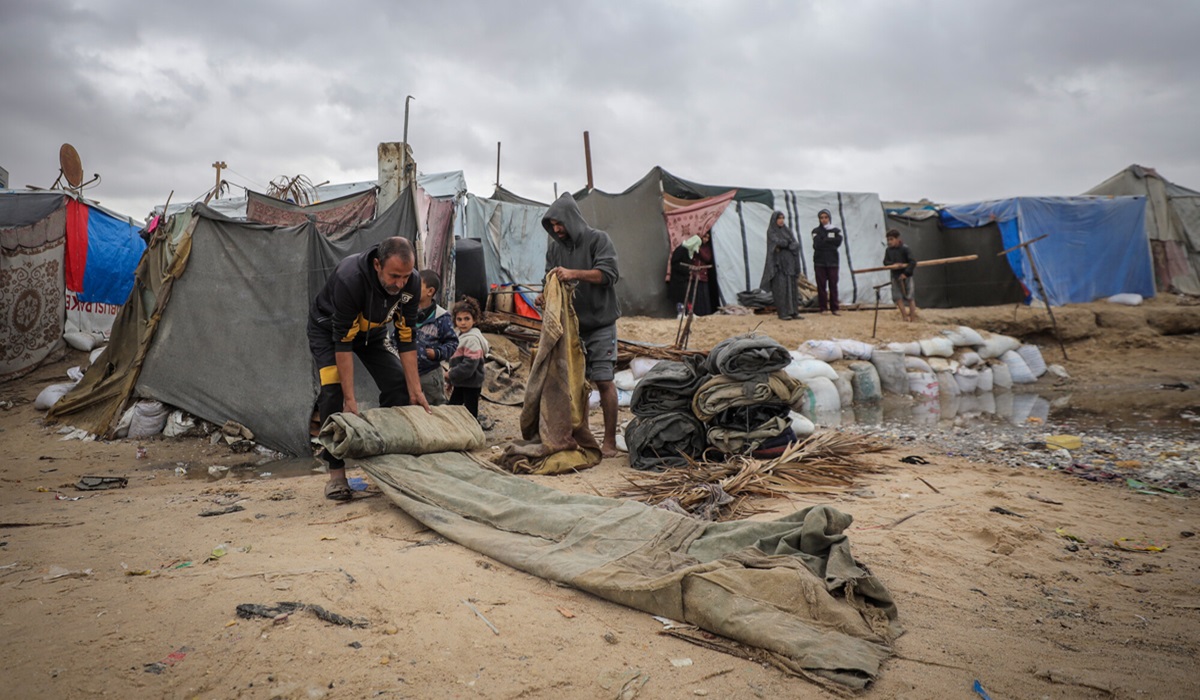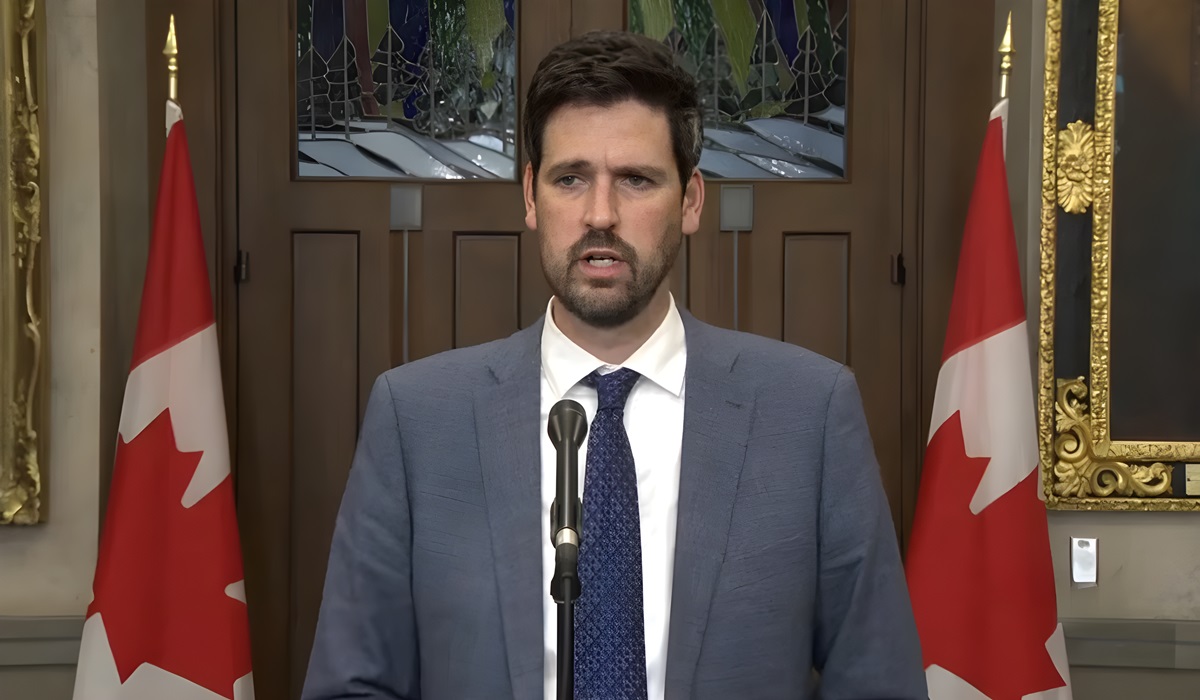Three Years Later: Afghanistan Faces Dire Humanitarian Crisis Amid Global Neglect
- Kingston Bailey
- Breaking News
- Middle East
- August 13, 2024

Image Credit, Army Amber
KABUL, August 13, 2024 — Afghanistan, once at the forefront of global attention, now languishes in one of the world’s most severe and complex humanitarian crises, with millions of its citizens trapped in an unending cycle of poverty, displacement, and despair. Three years after the Taliban’s return to power, the country remains heavily reliant on humanitarian aid, yet the international community’s attention has waned, leaving Afghanistan at risk of becoming a forgotten tragedy.
Despite a marginal improvement in overall security, which has allowed aid agencies access to previously unreachable regions, the situation on the ground remains dire. The Afghanistan Humanitarian Needs and Response Plan (HNRP) for 2024 estimates that 23.7 million people, including 12.3 million children, are in desperate need of assistance. Over 6 million people remain displaced within the country, and food insecurity has reached alarming levels, with 12.4 million people facing acute hunger.
Humanitarian organizations, including Action Against Hunger (ACF), CARE International, and Save the Children, have warned that the situation is deteriorating rapidly. Shrinking aid budgets, coupled with the cessation of development assistance since 2021, have exacerbated the crisis, pushing millions of Afghans deeper into poverty. Only 25% of the $3.06 billion required for humanitarian efforts in 2024 has been funded, leading to devastating consequences for those most in need.
The impact of this funding shortfall is already being felt across the country. Nearly half of Afghanistan’s mobile health teams have been forced to shut down, leaving vulnerable populations without access to essential medical care. With unemployment rates soaring and the economy in freefall, families are making agonizing decisions to survive. Women-headed households, in particular, face unbearable choices, such as sending their children to work or making perilous journeys across borders.
The international community’s failure to provide sustained support has left Afghanistan on the brink of disaster. Humanitarian aid alone is insufficient to address the complex challenges facing the country. What Afghanistan needs is a comprehensive, long-term approach that combines emergency assistance with development projects to tackle the root causes of poverty and build resilience.
Diplomatic engagement is also critical. The current isolationist stance of many donor countries is counterproductive, hindering efforts to create an environment conducive to meaningful aid interventions. The international community must work together with local organizations and the UN to ensure a coordinated and principled response that addresses both immediate needs and long-term challenges.
Humanitarian actors on the ground warn that without increased diplomatic efforts and sustained funding, the situation in Afghanistan will only worsen. The most vulnerable—women, children, and marginalized communities—are paying the highest price for the world’s neglect.
As the crisis deepens, it is crucial for donor governments to step up and fully fund the Afghanistan HNRP. In addition, there must be a concerted effort to reinstate development assistance and support Afghan civil society organizations, especially those led by women and people with disabilities. Only through a comprehensive and sustained approach can the international community hope to alleviate the suffering of millions of Afghans and prevent the country from descending into further chaos.
Afghanistan’s future hangs in the balance, and the world must not turn its back on a nation in desperate need of help. The consequences of inaction will be felt for generations to come, and the time to act is now.








